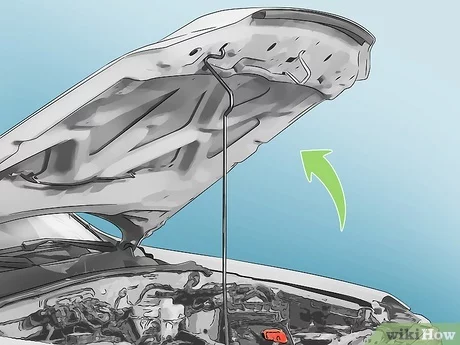How to Write an Agreement Letter

Introduction
An agreement letter is a formal document that outlines the terms and conditions of a contract between two parties. It can cover various scenarios, such as business deals, employment contracts, or rental agreements. Writing an agreement letter requires clarity and precision to avoid misunderstandings or disputes in the future. This article will provide a step-by-step guide on how to write an effective agreement letter.
1.Basic Information
Start the agreement letter by including basic information about both parties involved, such as names, addresses, contact details, and the date of the agreement. Ensure that you use full legal names or company names to prevent confusion later.
2.Title and Purpose
Create a clear and concise title for the agreement letter that provides an overview of its purpose. Explain the main objective of the agreement in simple terms so that both parties understand what they are committing to.
3.Scope of Agreement
Define the scope of the agreement by outlining what services, products, or responsibilities are being exchanged between the two parties. Describe these elements in detail to prevent any misunderstanding or ambiguity.
4.Terms and Conditions
Present a list of terms and conditions under which both parties agree to operate throughout the duration of the contract. This section may include contract duration, payment terms, confidentiality clauses, responsibilities of both parties, termination clauses, and any additional provisions relevant to the contract.
5.Payment Details
If monetary transactions are involved, include details about payment schedules and methods in this section. Specify amounts payable for each milestone or deliverable if applicable – usually on a net 30 or net 60 basis for payments from businesses.
6.Signatures
After finalizing all terms and conditions within the letter, both parties should sign it to indicate their acceptance and commitment to their responsibilities. Include full names beneath signatures along with any official titles if relevant – such as CEO or Director.
7.Attachments (if applicable)
Attach any additional documents that support the agreement, such as project plans or development schedules. Label these attachments clearly and reference them within the body of the letter.
Conclusion
A well-written agreement letter not only provides a solid foundation for business arrangements or employment contracts but also helps to prevent misunderstandings and disputes. By following this step-by-step guide and including all relevant information, you can create a clear and concise agreement letter that is legally binding and establishes a professional relationship between all parties involved. Remember, clarity and precision are the keys to drafting an effective agreement letter.






